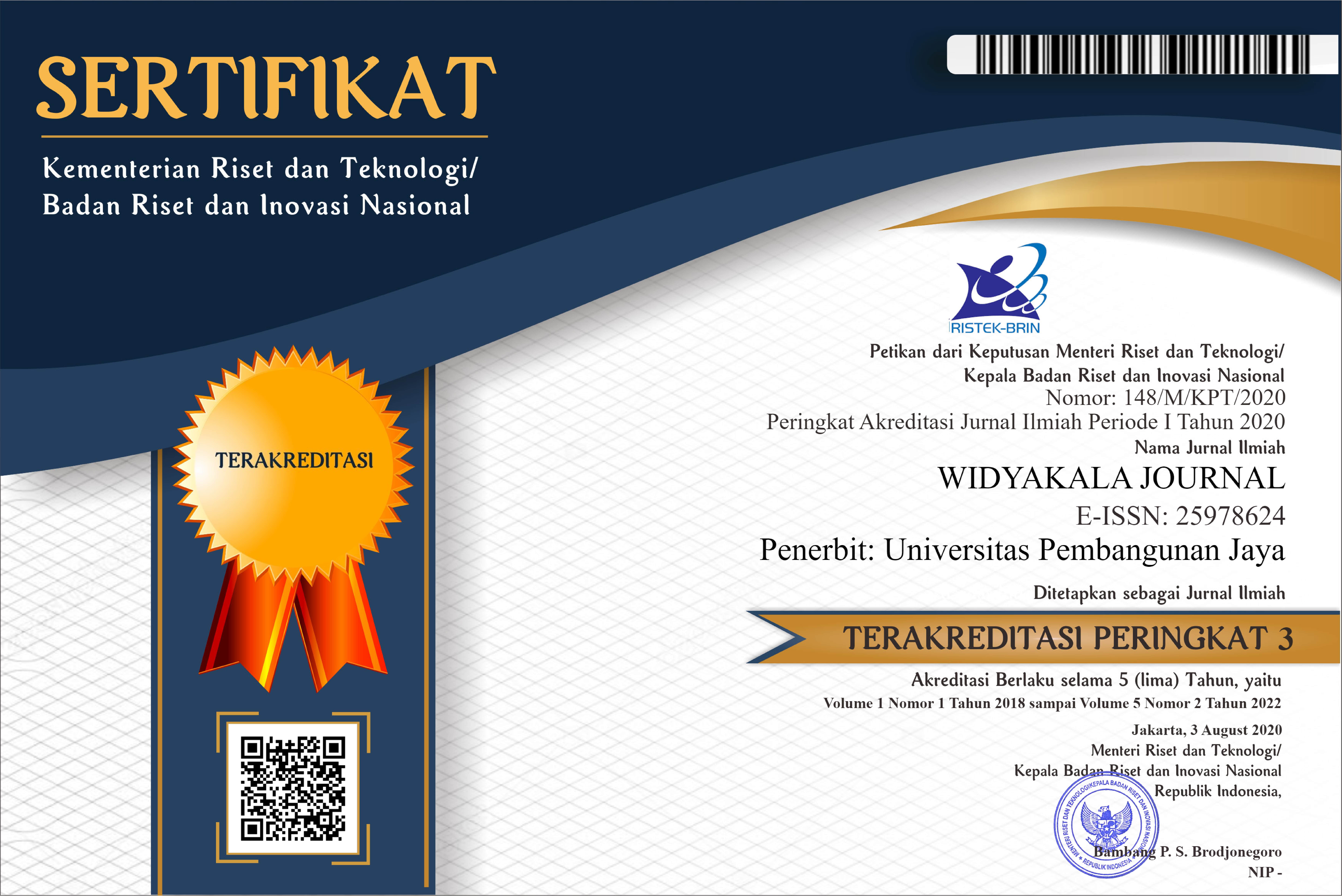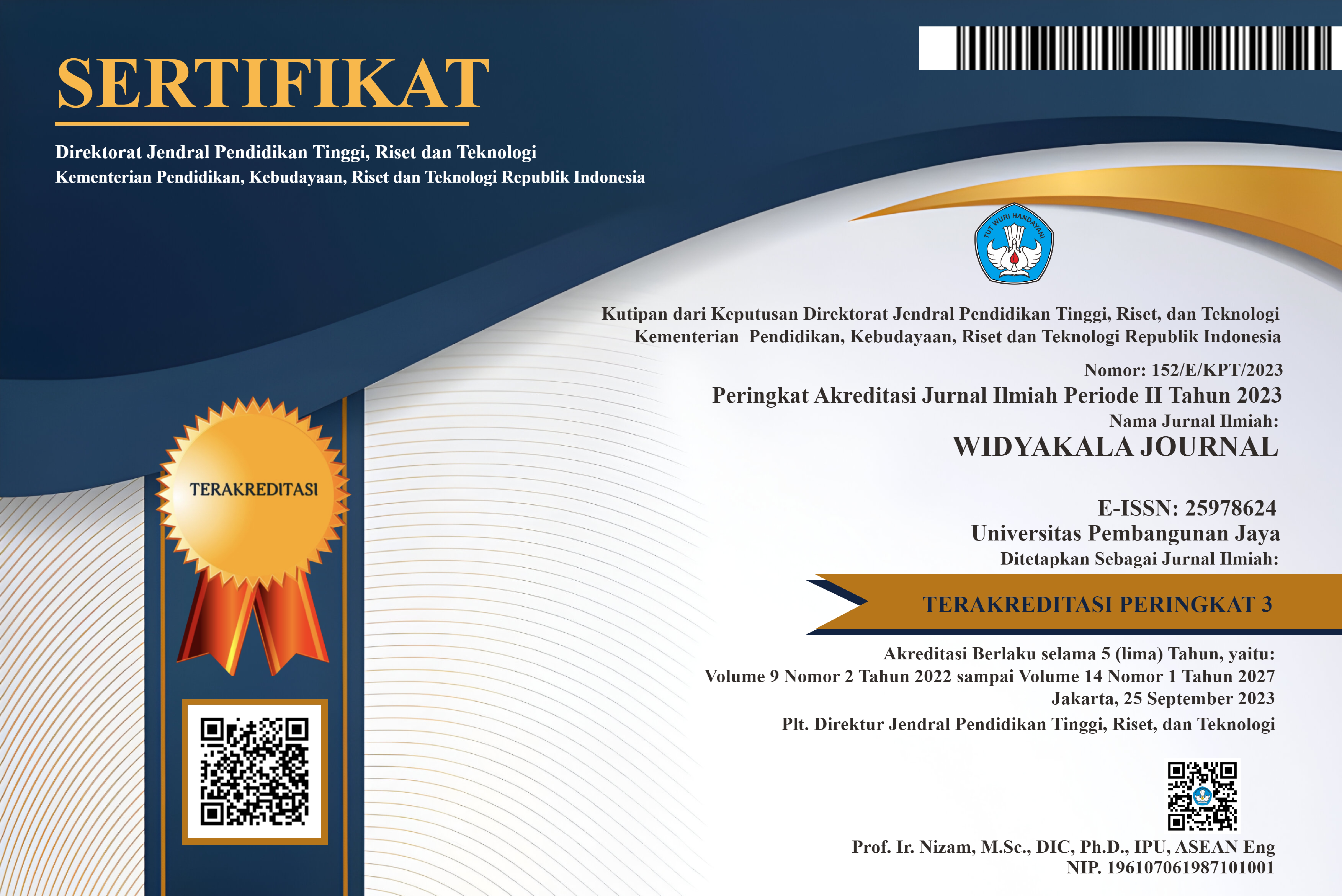Updated, March 2025
Marine Heat as a Renewable Energy Source
Abstract
The ocean, which covers two-thirds of the land surface, receives heat from the sun's rays. Ocean water also receives heat that comes from geothermal heat, which is magma located under the seafloor. Ocean surface temperatures are warmest near the equator, with temperatures from 25°C to 33°C between 0 degrees and 20 degrees north and south latitude. This temperature difference can be utilized to run the driving machine based on the thermodynamic principle. A technology called Ocean Thermal Energy Conversion (OTEC) is capable of converting the temperature difference into electrical energy. OTEC is a power plant by utilizing the difference in the temperature of seawater on the surface and the temperature of deep seawater. This paper briefly overviews of how ocean heat can be utilized as a renewable energy source to produce electrical energy. The development and exploitation of renewable marine energy in the future are feasible and this will involve multidisciplinary fields such as robotics and informatics.
Keywords
Full Text:
PDFReferences
Adiputra, R., Utsunomiya, T., Koto, J., Yasunaga, T. & Ikegami, Y. (2019). Preliminary design of a 100 MW-net ocean thermal energy conversion (OTEC) power plant study case: Mentawai Island, Indonesia. Journal of Marine Science and Technology, doi:10.1007/s00773-019-00630-7.
Andrawina, Y. O., Sugianto, D. N. & Alifdini, N. (2016). Initial study of potency thermal energy using OTEC (Ocean Thermal Energy Conversion) as a renewable energy for Halmahera Indonesia. IOP Conference Series: Earth and Environmental Science, doi:10.1088/1755-1315/55/1/012032.
Borthwick A. G. L. (2016). Marine renewable energy seascape. Engineering, 2 (1), 69-78. doi: 10.1016/J.ENG.2016.01.011.
Cusano, M. I., Li, Q., Obisesan, A., Urrego-Blanco, J. R. & Wong, T. H. (2013). Coastal City and Ocean Renewable Energy: Pathway to an Eco San Andres, Vol. 3, University of Southampton.
Magagna, D. & Uihlein, A. (2015). JRC ocean energy status report. Institute for Energy and Transport, doi:10.2790/866387
Michaelis, D. (2002). Energy Island. International OTEC Association Summer 2002 Newsletter. http://www.solarenergyltd.net/energy%20island.htm [Accessed on 10 February 2020].
Nihous, G. C. (2007). A preliminary assessment of ocean thermal energy conversion resources. J. Energ. Resour. ASME, 129, 10–17.
Perdana, P. Y. & Karmen, D. (2012). Study of sea heat distribution for ocean thermal energy conversion (OTEC). Colloquium from the R & D of Water Resources. https://vdocuments.site/putu-yoga-loka-beach-makalah-otec.html [Accessed on 10 February 2020].
Riyanto, S. (2017). Study of utilization of seawater potential temperature as a renewable energy source to generate electric energy. Jurnal Inovtek Polbeng, 7, 20-28.
Sinuhaji, A. R. 2015, Potential Ocean Thermal Energy Conversion (OTEC) in Bali, KnE Energy, 5-12.
Woodford, C. (2018). OTEC (ocean thermal energy conversion). https://www.explainthatstuff.com/how-otec-works.html [Accessed on 9 February 2020].
DOI: https://doi.org/10.36262/widyakala.v7i1.278
Refbacks
Copyright (c) 2020 WIDYAKALA: JOURNAL OF PEMBANGUNAN JAYA UNIVERSITY

This work is licensed under a Creative Commons Attribution-ShareAlike 4.0 International License.
Redaksi Jurnal Widyakala
Lembaga Penelitian dan Pengabdian Kepada Masyarakat (LP2M)
Universitas Pembangunan Jaya
Jalan Cendrawasih Raya Blok B7/P, Sawah Baru, Ciputat, 15413
Telp : 021-7455555 ext 1311
widyakala.journal@upj.ac.id


















